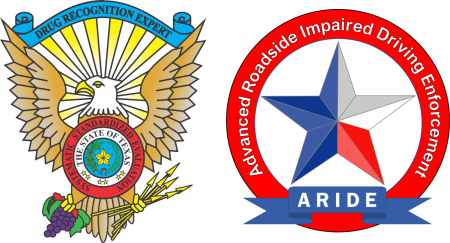About DRE
Drug Recognition Expert
History
The Los Angeles Police Department (LAPD) originated the program in the early 1970s when LAPD officers noticed that many of the individuals arrested for driving under the influence (DUI) had very low or zero alcohol concentrations. The officers reasonably suspected that the arrestees were under the influence of drugs, but lacked the knowledge and skills to support their suspicions. In response, two LAPD sergeants collaborated with various medical doctors, research psychologists and other medical professionals to develop a simple, standardized procedure for recognizing drug influence and impairment. Their efforts culminated in the development of a multi-step protocol and the first drug recognition expert (DRE) program. The LAPD formally recognized the Drug Recognition Expert Program in 1979. It was later renamed the Drug Evaluation and Classification Program (DECP).
DRE's Systematic and Standardized
12 Step Evaluation
DREs conduct a systematic and standardized,12-step post arrest drug influence evaluation when drivers are suspected of being under the influence of drugs other than alcohol or and combination of drugs and alcohol. These are not roadside tests. An evaluation is conducted in a controlled environment where the safety of the subject and the officers is enhanced.
